- Home
- About
- Hospitals
-
Treatments
- Orthopedic & Spine
- Knee Replacement
- Carpal Tunnel Release
- Rotator Cuff Repair
- Meniscus Repair / Meniscectomy
- Total Hip Replacement (THR)
- Total Shoulder Replacement
- Arthroscopy
- Ligament Reconstruction
- Spinal Fusion
- Discectomy
- Laminectomy
- Spinal Decompression
- Vertebroplasty and Kyphoplasty
- Fracture Repair
- ACL Reconstruction
- Tendon Repair
- Osteotomy
- Amputation
- Pediatric and Adult Cardiac
- Neuroscience
- Oncology
- Nephrology & KTP
- Gastroenterology & Hepatobiliary
- Obstetrics and Gynaecology
- Infertility
- Dental & Maxillofacial
- Plastic & Cosmetic Surgery
- Rhinoplasty
- Blepharoplasty (Eyelid Surgery)
- Facelift (Rhytidectomy)
- Breast Augmentation (Mammoplasty)
- Breast Reduction (Mammoplasty)
- Breast Lift (Mastopexy)
- Liposuction
- Abdominoplasty (Tummy Tuck)
- Brazilian Butt Lift (BBL)
- Lip Augmentation
- Breast Reconstruction
- Cleft Lip and Palate Repair
- Scar Revision
- Burn Reconstruction
- Botox Injection
- Ophthalmology
- Otolaryngology (ENT)
- Endocrinology
- General and Minimal Invasive Surgery
- Pulmonology
- Rheumatology
- Urology
- General Medicine
- Ayurvedic Treatment
- Orthopedic & Spine
- Doctors
- Contact Us
Osteotomy
Osteotomy is a surgical procedure in
which a bone is intentionally cut or divided and then repositioned or reshaped.
This procedure is performed to correct deformities, realign bones, or alter the
angle or position of a bone, often in the context of orthopedic and
musculoskeletal surgery. Osteotomies are commonly used to treat various
conditions, including joint deformities, arthritis, and limb alignment issues. The
specific type of osteotomy and approach used will depend on the patient's
condition and the surgeon's evaluation. It's essential for patients to consult
with an orthopedic specialist to determine the most appropriate course of
action for their specific orthopedic concern.
Here
are some key aspects of osteotomy:
Indications: Osteotomies
are performed for a range of orthopedic and musculoskeletal conditions. Common
reasons include the correction of angular deformities, such as genu valgum
(knock-knee) or genu varum (bowleg), as well as the realignment of bones to
relieve pain, improve joint stability, or promote normal joint function.
Types of Osteotomy:
Osteotomies are categorized based on the type of bone cut and the specific goal
of the procedure. Some common types include:
High Tibial Osteotomy (HTO):
Used to treat knee osteoarthritis and correct varus alignment of the knee
(bowleg).
Distal Femoral Osteotomy (DFO):
Used to address valgus deformity of the knee (knock-knee).
Closing Wedge Osteotomy:
Involves removing a wedge-shaped section of bone to narrow the bone and correct
deformities.
Opening Wedge Osteotomy:
Involves making a wedge-shaped cut to widen the bone and correct deformities.
Rotational Osteotomy:
Used to correct rotational alignment issues, particularly in the hip and thigh
bones.
Procedure: During the osteotomy procedure, the surgeon carefully cuts the bone at the predetermined site. The bone may be cut using specialized instruments like a saw or osteotome. After cutting, the bone is then repositioned, and the surgeon may use plates, screws, or other fixation devices to secure the bone in its new alignment.
Anesthesia:
Osteotomies are usually performed under general anesthesia or regional
anesthesia, depending on the location and extent of the procedure.
Recovery: The recovery process depends on the type of osteotomy and the location of the bone involved. Patients typically undergo a period of immobilization, followed by physical therapy or rehabilitation to help regain strength, range of motion, and function in the affected area.
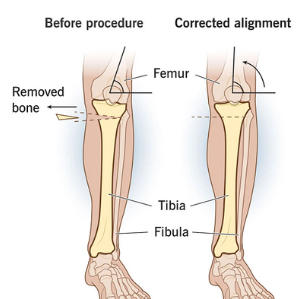


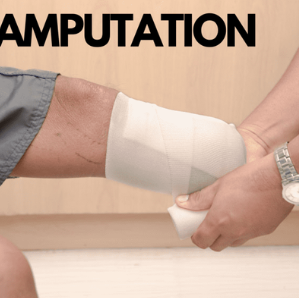



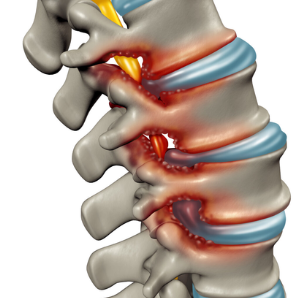
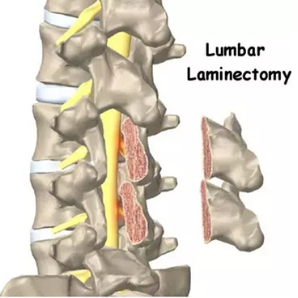
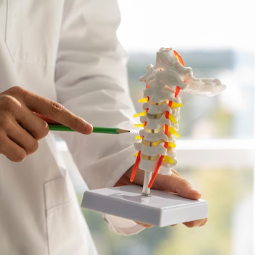
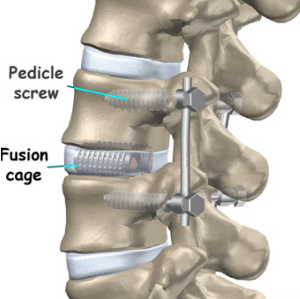
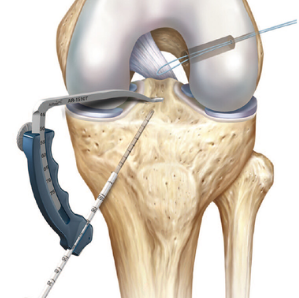
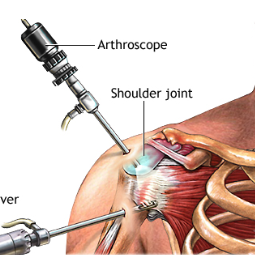
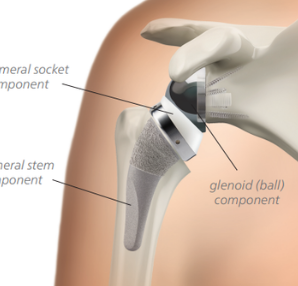
.png)